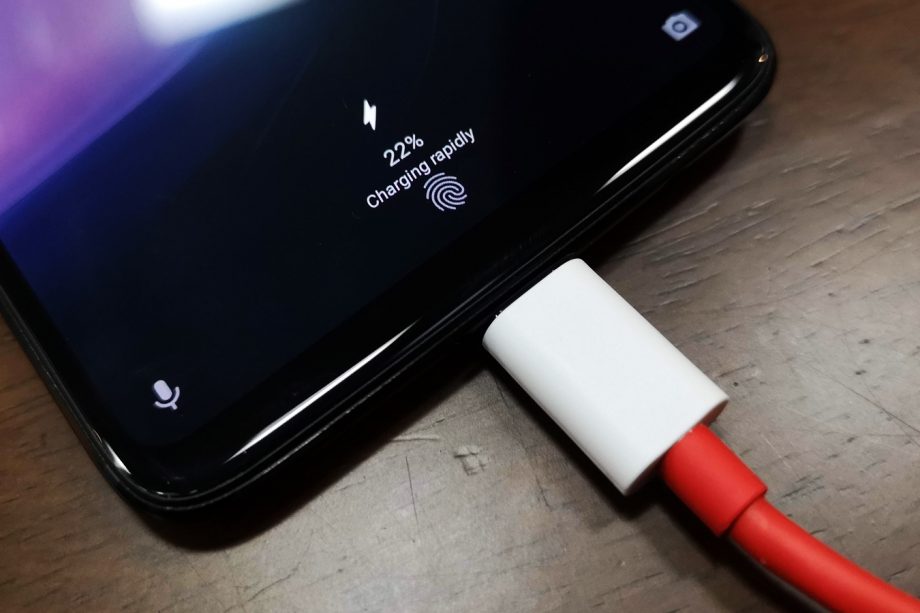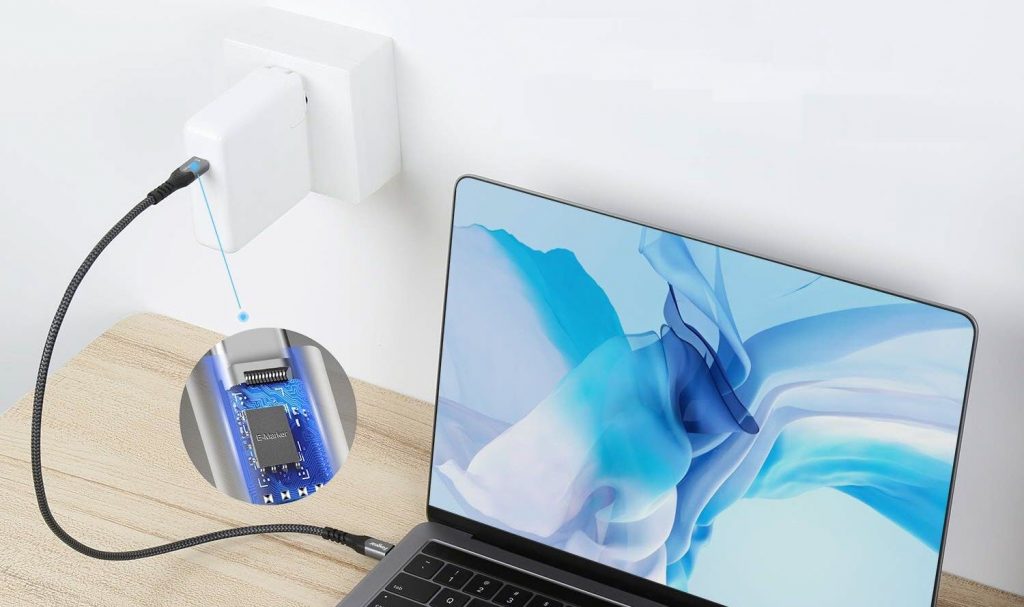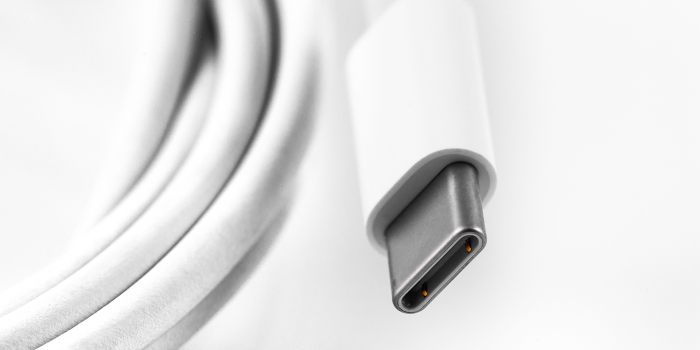The USB-IF, overseeing the USB standard in all its forms, has provided new approved logos and certifications for companies to distinguish their USB-C cables and packaging. The idea is noble: to decrease misunderstanding about the many different USB-C connections available (which can differ substantially in charging and data transfer speeds) when purchasing one.
Therefore, the USB-IF has chosen to keep things simple by introducing a slew of new logos that will soon embellish cable and charger packaging, allowing customers to identify the charging and data speeds their devices support. Because a list with seven new charging and data specs logos screams “simple.”

The new labelling is designed to align with the recently announced USB Power Delivery (USB PD) 3.1 protocol, which is part of the USB Type-C Release 2.1 specification and allows devices to charge with up to 240W of power — providing you have the suitable cable and charger. In addition, the new logos are considerably superior in terms of identifying the maximum supported speed and charge for a USB4-certified device.

However, the new logos highlight how perplexing the USB-C protocol remains. There are distinct logos for supporting 40Gbps and 20Gbps data transfer speeds and two tiers of power specs: 60W and 240W. Worse, the standards aren’t linked, so you may get a connection that allows for 40Gbps data transfers but slower charging. You might get a 240W fast-charging cable that isn’t good for file transmission. Although you can get both (the USB-IF providing a combined logo to signify when devices support fast charging and data rates), it still places a burden on companies to apply the labelling and on customers to understand what it all entails.

Compared to the expensive yet faster Thunderbolt 4, with only one type of cable managing everything, it’s difficult to resist the impression that the rest of the USB-C world is a nightmare. This is attributable to how rapidly USB-C standards have grown in recent years as technology has advanced and devices have become more demanding in terms of transmission and charging. However, there is a long way ahead until USB-C realizes its full plug-and-play potential – if it does at all.


